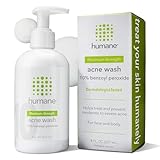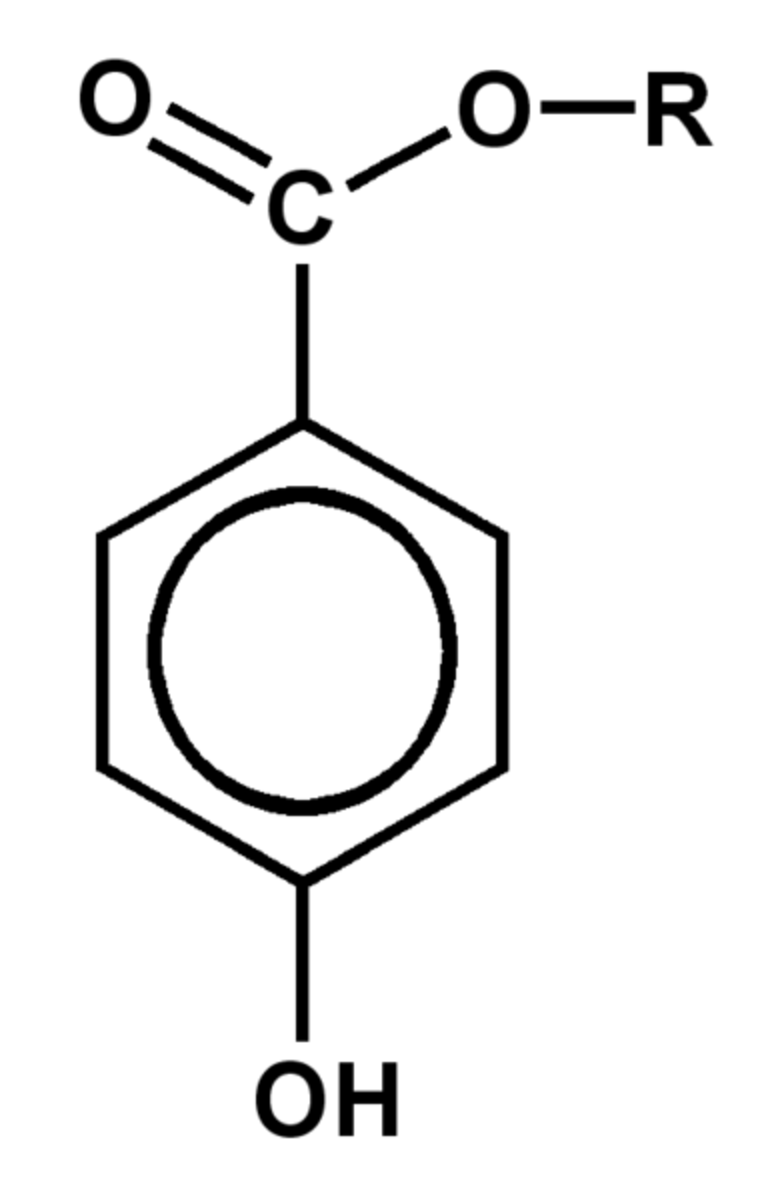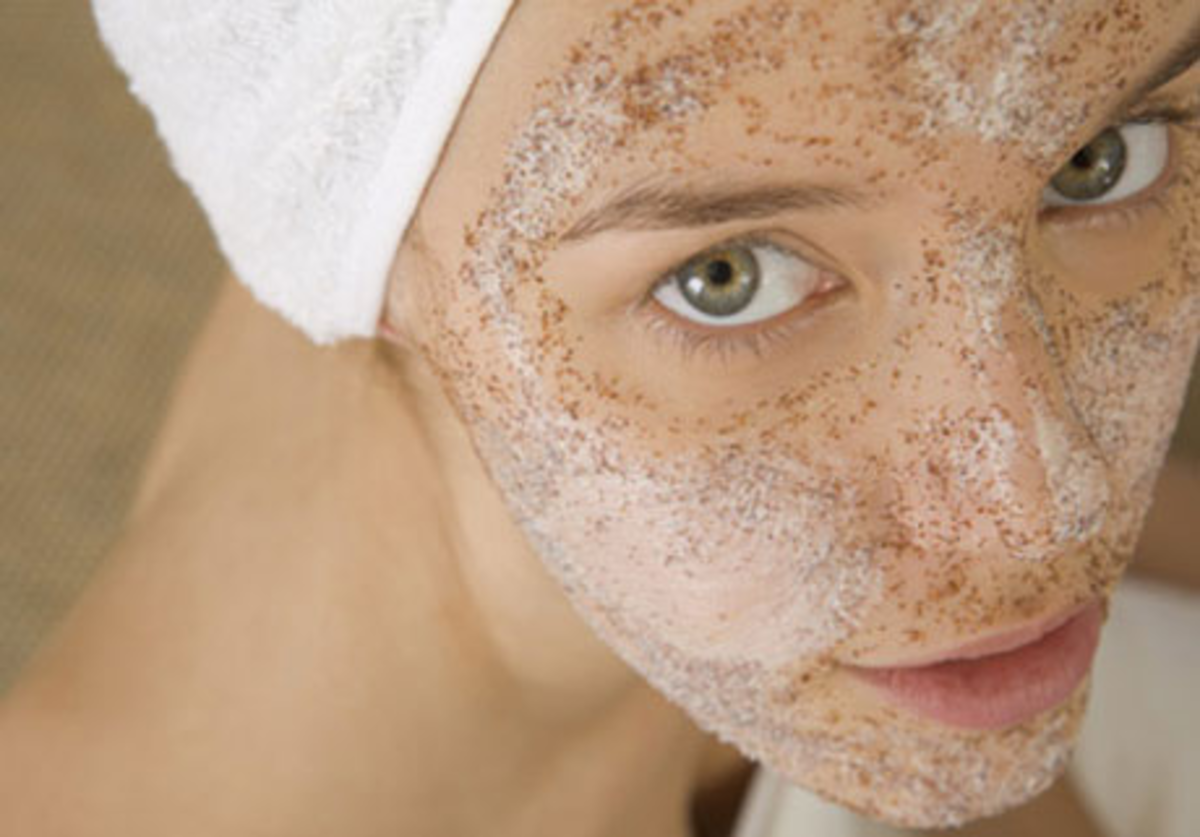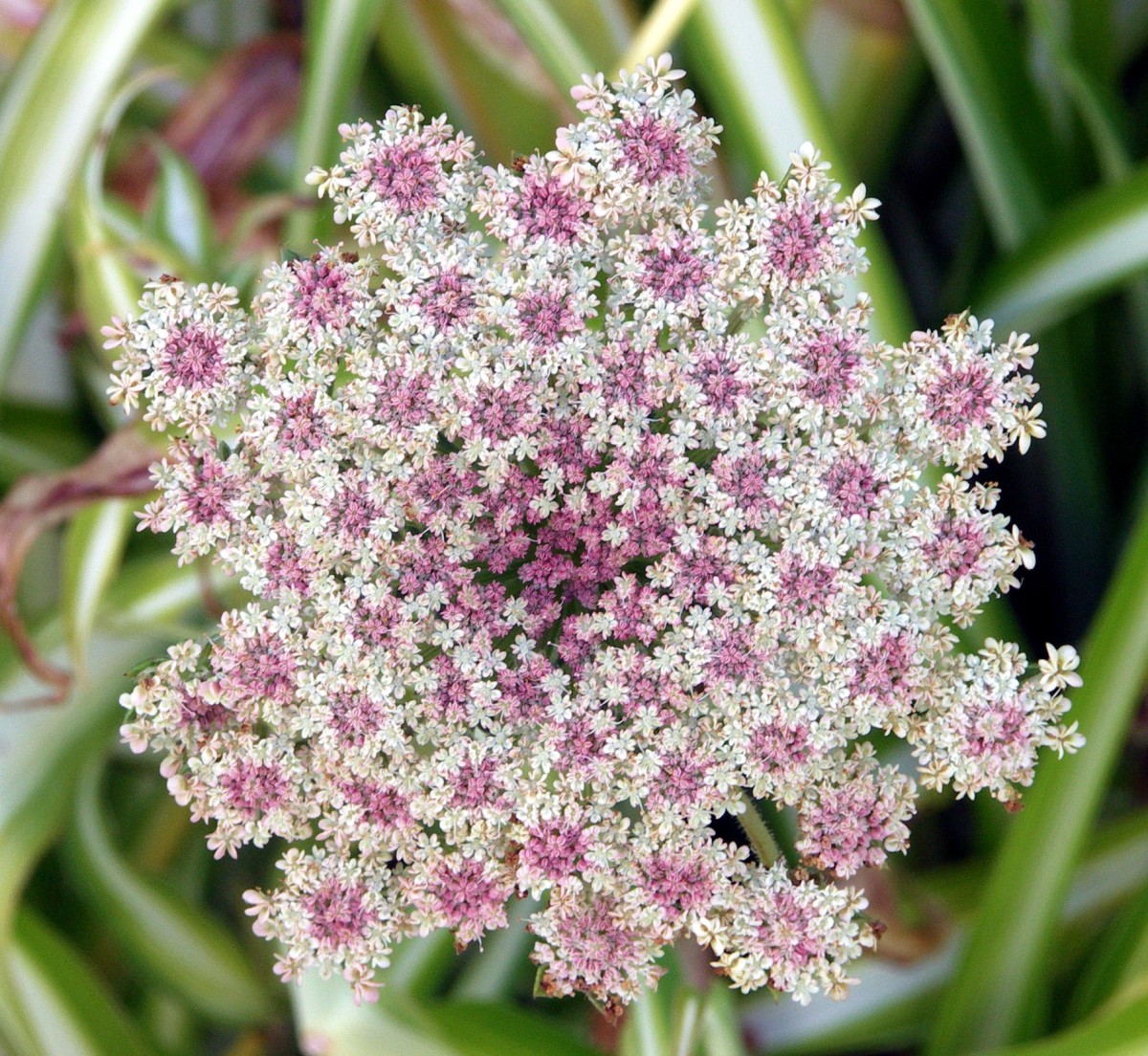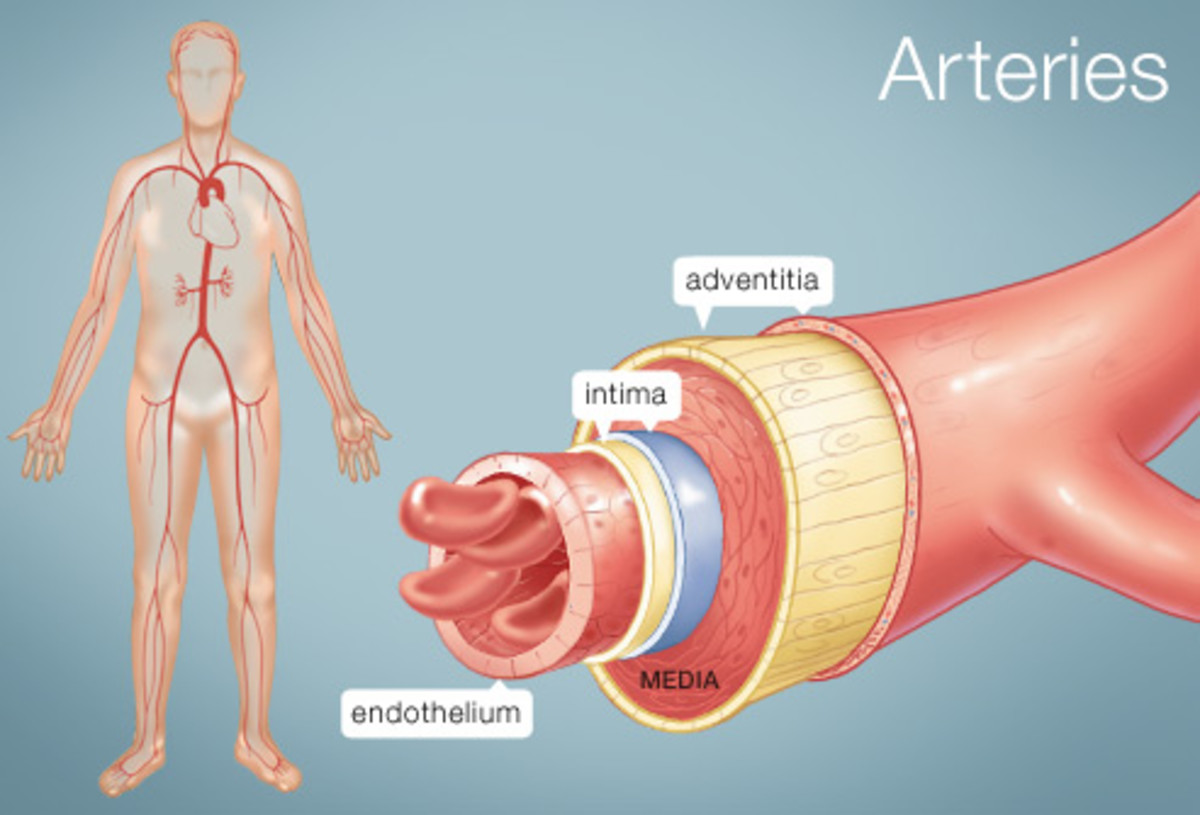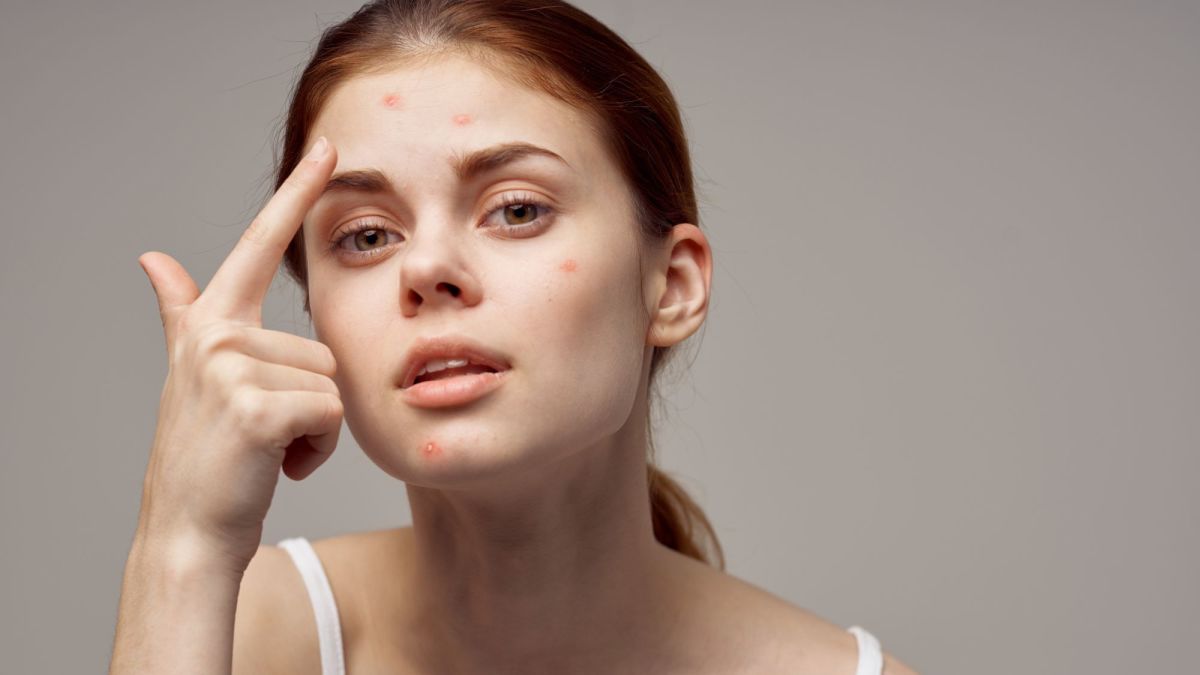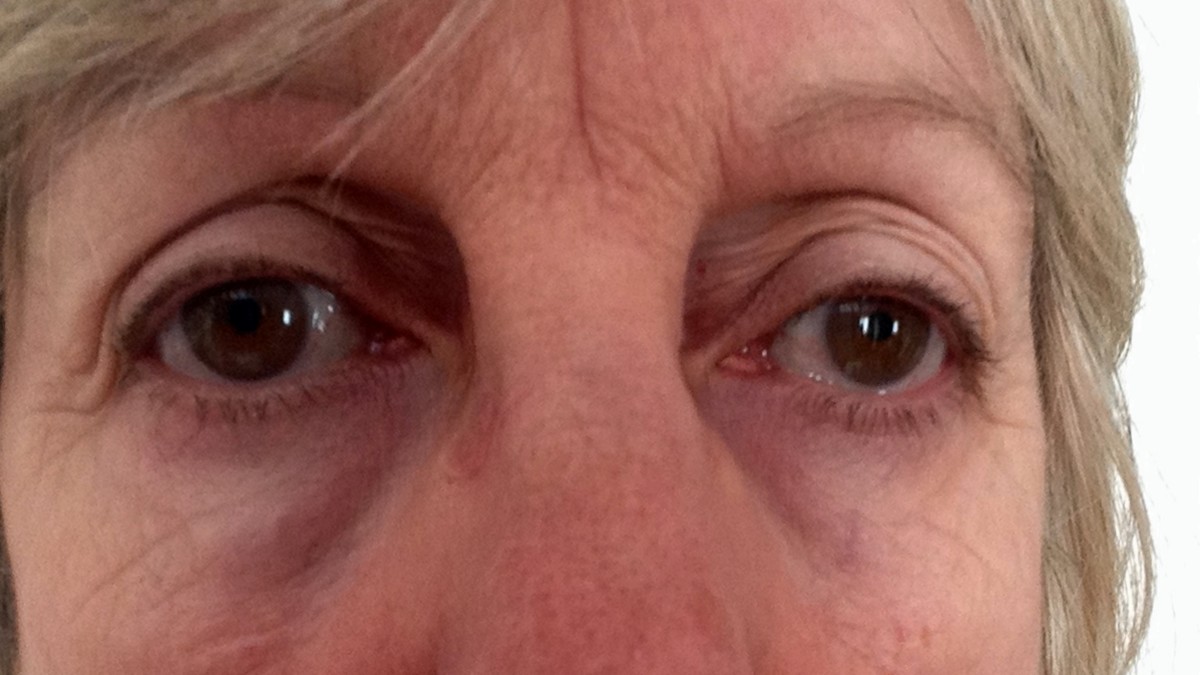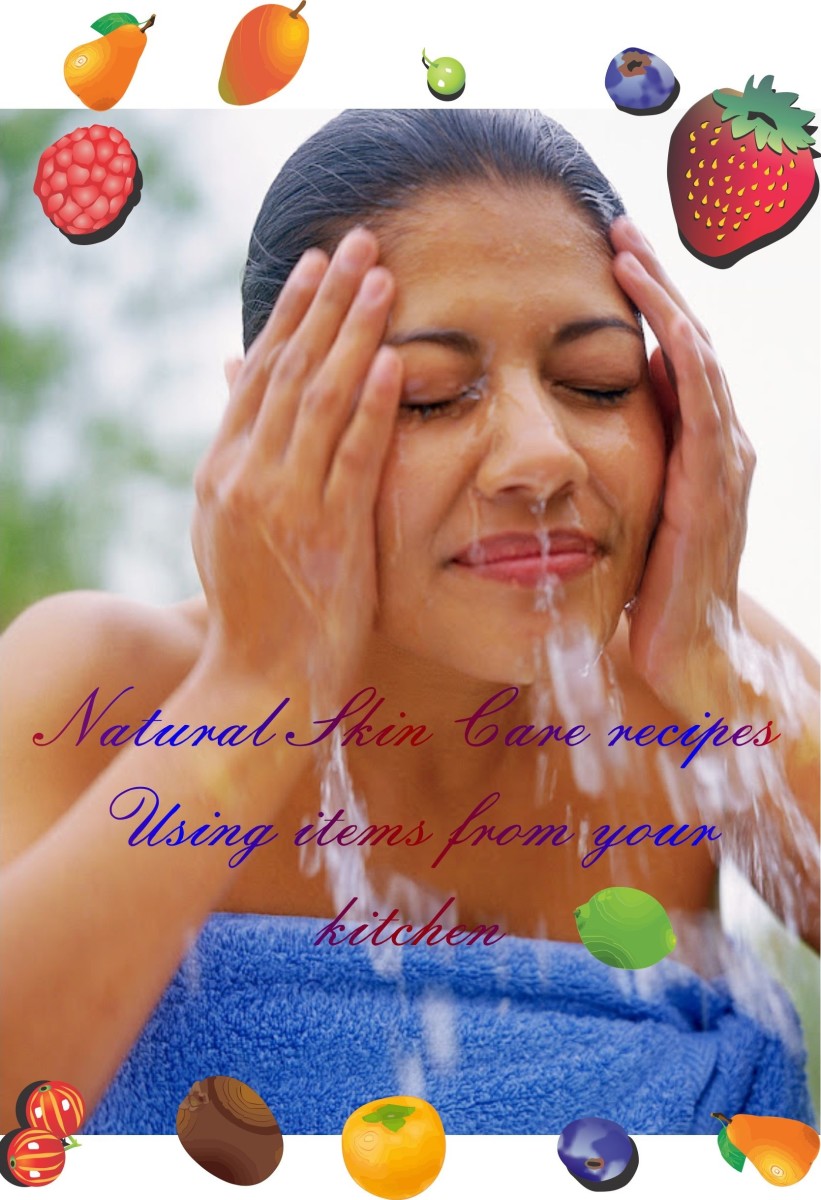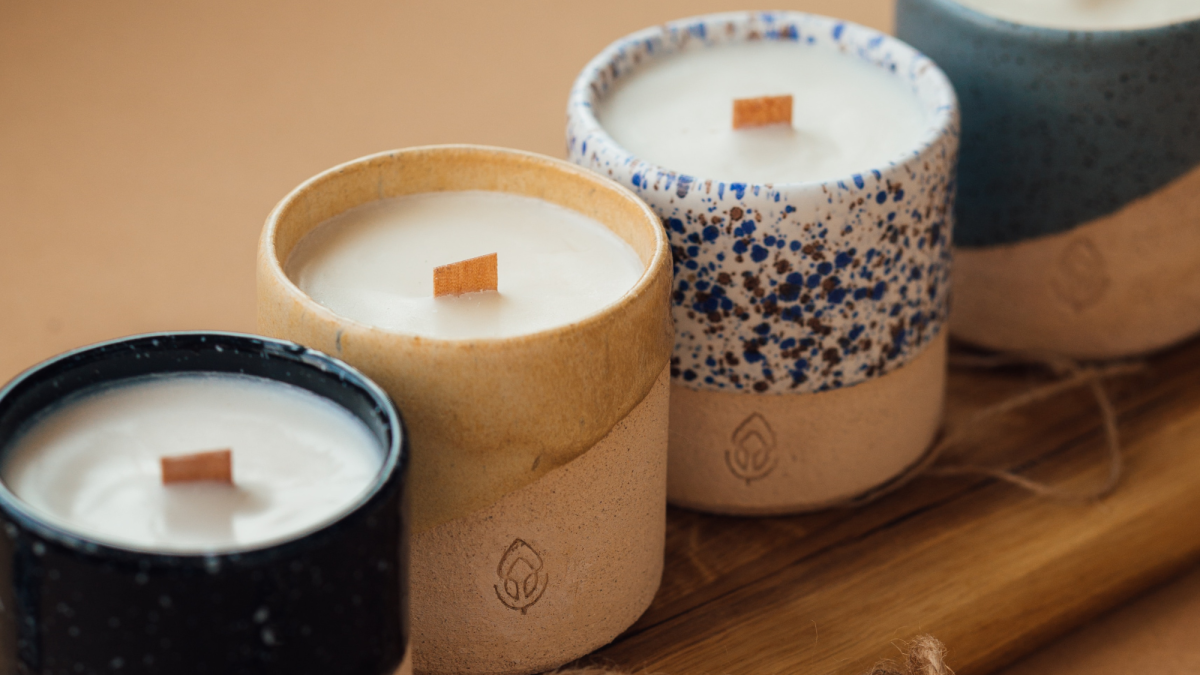Top Tips for Women's Skin Care
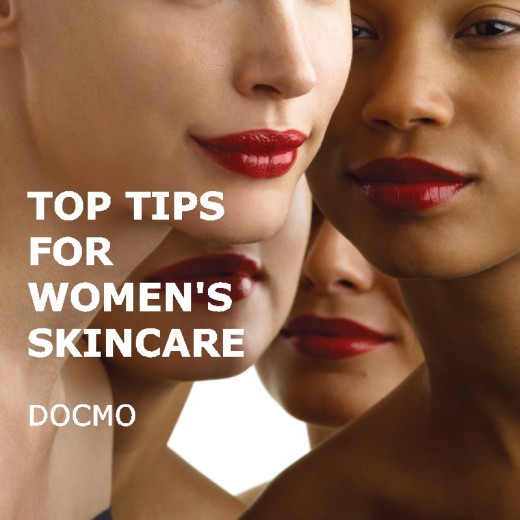
Skin Deep
The human skin is not just ‘packaging’; it is also the largest organ of the body. It serves many functions. As our outer covering, it is the one that faces up to the daily challenges of heat and dust, sun and snow, wear and tear. The skin can give you youth or age you, for as it was once said, beauty is only skin deep. Looking after your skin pays dividends. Not only does it gives a fresh and appealing appearance but also it helps to keep the skin delivering its other functions satisfactorily.
While you may be impatient to move to the skin care tips section, I think it is always worth knowing a little bit about the structure and functions of the skin, in order to know how best to look after it.
So here comes the science bit…

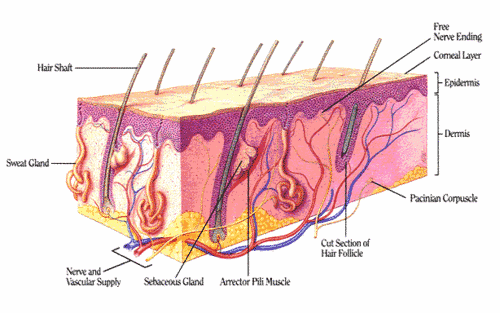
The Structure of Skin
The human skin comprises of two main layers the outer Epidermis and the inner Dermis. The Epidermis is the barrier and the visible outside layers of the skin. This delivers the barrier function ( like making us waterproof!) and also helps to regulate body temperature. The Epidermis contains many layers but does not have any blood vessels or glands.
These exist in the layer below known as the Dermis. This layer houses all the blood vessels, hair follicles, lymphatic channels, nerve endings, oil producing glands, collagen and fatty tissue. This forms the ‘cushion’ that allows an element of elasticity and ‘give’ thus protecting us from stress and strain. It has two layers, a papillary layer that is thin and just under the epidermis and a deeper, thicker reticular layer that houses all the important bits!

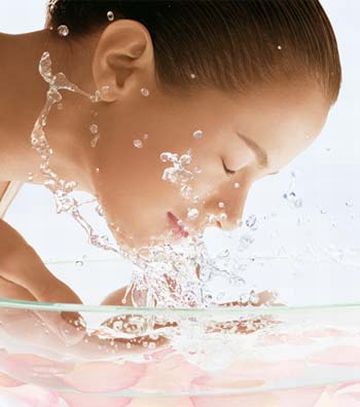
Skin Functions
Protective : As a barrier against external toxins, assaults
Defensive: As an agent hosting some immune systems and lymphatic channels
Producer: produces oily sebum as a natural moisturizer and Vitamin D
Thermoregulator: Heat loss and Heat gain
Absorber: Oxygen, some nutrients and certain drug formulations can be absorbed directly
Sensor: Senses heat, cold, pressure, pain, touch, vibration
Excretor: waste materials through sweat and sebum
The Functions of Skin
The skin serves a lot of different functions. As we said earlier it forms a protective barrier against outside assault from pathogens and toxins and makes us waterproof.
It helps to regulate temperature by releasing or saving heat. This is done through opening up or constricting the blood vessels in the dermis. The heat is also lost through perfusion and exposure.
The skin gives us sensation through various receptors- thus allowing us to feel heat, cold, pressure, pain, light touch, vibration and injury. It forms a membrane for fluid balance by allowing fluid loss through evaporation.
It works as an excretory organ, eliminating certain waste materials and salts through sweat.
The skin produces Vitamin D through pigmented cells called melanocytes. It works as a storage system for keeping water and fat. The skin also delivers absorption of certain gases like oxygen and also can absorb drugs and other medicines in a suitable format.
It offers a drainage system through lymphatic channels that capture any surface bacteria or toxins and safely move them away to be decontaminated. Thus it forms our first line of defence.

Looking after No:1
Gosh, that was exhausting just writing about all the functions of the skin. If you cannot remember any of the detail, at least it emphasises how important skin is to us humans. So let’s get onto how we can look after it.
Looking after your skin can be done through direct means and indirect means. Lets deal with the indirect means first as this may seem obvious, but is worth reiterating. The usual suspects such as sleep, hydration, diet are all present and correct.
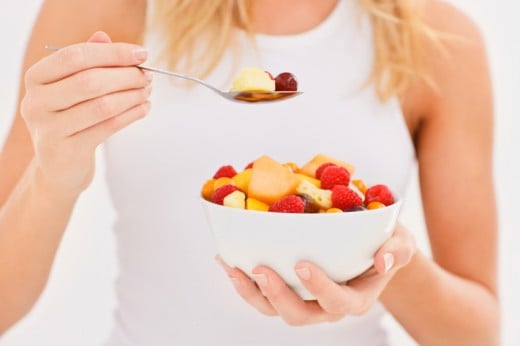
Everything has beauty, but not everyone sees it.
~ Confucius
Do Eat Well
A good diet is, unsurprisingly, linked to a healthy skin. Having at least five portions of fresh fruit and vegetables goes a long way in helping skin to repair and rejuvenate itself. Foods rich in Vitamin A and C, such as carrots, tomatoes, dark green leafy vegetables like spinach, apples, oranges, berries , Kiwi all help. There is also a link between a healthy digestive system and healthy skin. Constipation can lead to bad skin and spots so plenty of fibre for a regular bowel habit is essential.

Do Exercise
A regular exercise regime helps the skin. When we exercise the blood flow to the skin increases and delivers the necessary nutrients to the skin. It also helps to clear out waste through sweat, opens our pores and clears out impurities. As this also helps the brain to release endorphins that elevate your mood, there is a double benefit to exercise.

Do Drink Water
Dehydration can thin and stress the skin. Drinking plenty of fluids, particularly water, helps to keep the skin young and pliable. Dehydrated skin soon looses elasticity and can become damaged, leading to wrinkles.

Do wear Sunglasses
Bright light makes us squint and frown, leading to permanent lines around the eyes. Not wearing prescription glasses when you need to, leads to eye strain and crow’s feet.
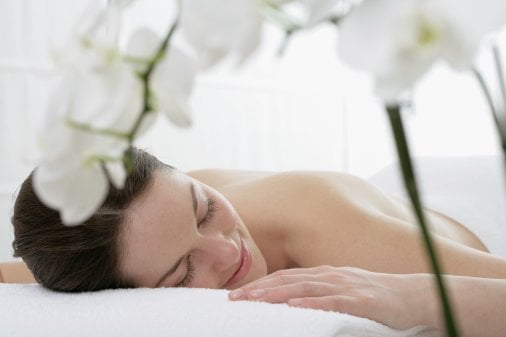
Do Sleep Well
No wonder we call it a beauty sleep. A well rested body means a healthier skin, especially our facial skin. Lack of sleep has an adverse impact on overall energy. This leads to stress, tired skin and poor circulation.

Taking joy in living is a woman's best cosmetic.
~ Rosalind Russell
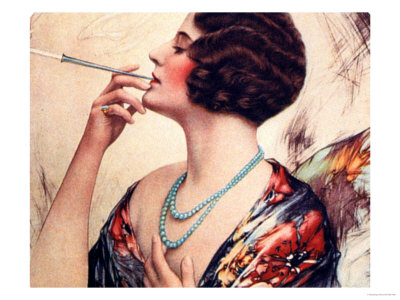
Don’t Binge Drink
Alcohol dehydrates and also opens up your blood vessels. Drinking excessive amounts can lead to loss of fluid from the body and can permanently open our pores and blood vessels. This can over the long run, lead to liver ‘spots’ broken capillaries and skin damage from toxicity of alcohol coming through our pores. Sensible drinking is always better.
Don’t Smoke
Smoking is on par with persistent sun exposure when it comes to skin damage. Heavy smokers develop permanent lines. Even passive smoking leads to persistent exposure to the toxins in the smoke and causes skin problems. Long term smokers also suffer from narrowing of blood vessels leading to poor wound healing and thinner skin due to lack of nutrients.

Don’t Over Stress
Worriers can damage their health by producing excess stress hormones. As the body’s own stress hormones have an element of steroids in them, this leads to unhealthy skin. It also causes deeper frown lines and worry creases. Persistent worries can affect your diet, can make you drink and smoke too much and affect your sleep. So Relax, smile and try to have a positive outlook.

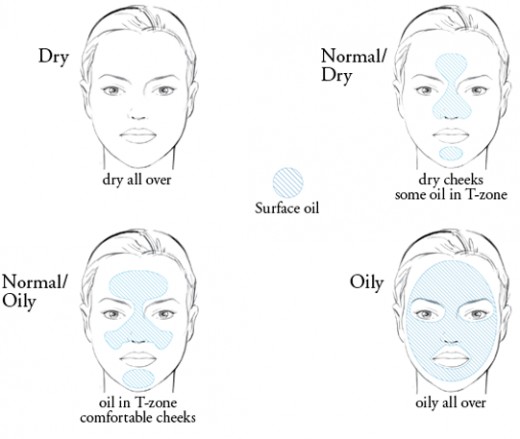
Skin Types
- Normal Skin has even texture, barely visible or medium pores, good colour and circulation, neither oily nor dry.
- Combination skin has all the features of above but will also have an oily ‘T’ zone that runs across the forehead and over the nose and chin. May people have this type of skin especially women.
- Dry skin will feel tight when washed, it is prone to fine wrinkles, can be flaky and red. In browner skins there may be an ash or grey tone due to build up of dead skin.
- Oily skin is shiny, with larger pores and is prone to blackheads and blemishes easily
- Sensitive skin is thin, prone to broken capillaries and rashes and is prone to allergies easily. It has fine pores.
- Mature or sun damaged skin has many wrinkles, leathery texture and prone to loss of elasticity and broken capillaries. The lax tone is seen especially around the jawline and the cheeks.
What is your Skin Type?
When it comes to direct care, skin care regimens do not need to be complex and expensive. Dermatologists classify skin types in order to help us find the best approach to caring for our skins.
Although there are different classifications, the most common ones are that which distinguish skin into 6 different types - see the chart on the right for the description of skin types.
Knowing your skin types is essential to choose a good regime. Many people mistakenly choose products that may aggravate problems for their skin as they may be incompatible for the type of skin you have. There are also assumptions and misconceptions such as not moisturising 'oily' looking skin and these can lead to further problems.
Once you've assessed your skin type we can move on to simple skin care principles and look at products to help us do this.
The questionnaire below helps you to identify what skin type you belong to.

What Skin Type are You?
view quiz statistics
Fours Steps to Flawless Skin
Now that you are familiar with your skin type, we are good to go. The ‘direct’ skin care regime always starts with good cleansing. As your outer covering, the skin endures many assaults – heat, dust, fumes, sweat, oily sebum all tend to deposit on the skin. Along with makeup and mascara and whatever else we choose to apply on the skin. We also need to know how best to exfoliate, moisturise and protect the skin, especially facial skin.
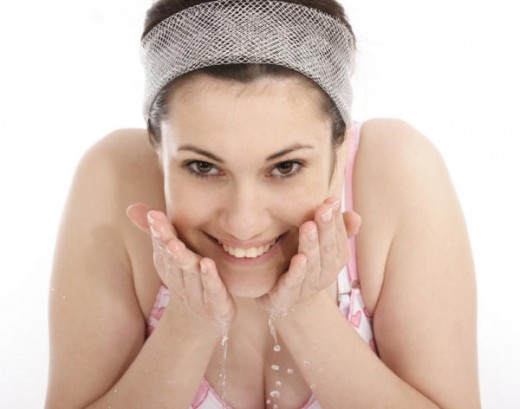
For Normal/Combination Skin
For All Skin Types
For Oily/ Combination Skin
For Sensitive Skin
For Acne/Sensitive skin
CLEANSING
A good cleanse is vital to skin care. However, research shows that more than 75% of women either don’t know how best to cleanse their face or are using the wrong products. This is where knowing your skin type helps. Oily skin needs a different cleansing approach as opposed to dry skin. If you choose your products wisely, you’ll have a fresh, glowing skin as a clean palette to start your day with. Moisturising, make up, applying anti-aging creams and all other activities should always start after a good cleanse.
When it comes to cleansing, it is worth knowing what is best:
How often?
Overcleansing is as bad as undercleansing. Washing the skin too often leaves it tight and taut, and may cause dry epidermis, cracked skin and rashes. Cleansing is best done twice as a routine- in the morning after waking up and at night before going to bed. Night-time routine is best to remove make up, dust and grime and avoids the pores from getting clogged with material. Morning routine removes the oils that build up overnight.
Hot or Cold?
Using hot or cold water opens up pores too much and can cause broken capillaries. Go for lukewarm or at room temperature.
With what?
Makeup and mascara are better removed with some precleansing with cotton wipes . When wiping make up and mascara use semicircular sweeping motion with a cotton wipe and a cream cleanser. Wipe down over the eyelids and away from the lashes to avoid getting products and debris in your eye.
When it comes to washing, avoid harsh soaps that will dry out your skin. Use a foaming lotion cleanser for normal skin, a gel wash that can dissolve oils for oily skin and a cream cleanser for dry and sensitive skin. No need for expensive products, your cleansers can be cheap and effective if you choose the ingredients and type carefully.
How?
Your fingers are best designed to perform the cleansing. Use gentle circular motions that also help to massage the skin and encourage circulation and lymphatic drainage. Avoid harsh brushes, cotton or scrubbing sponges on your face.

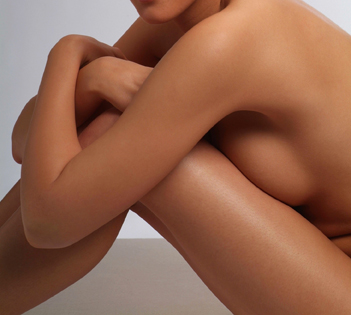
For Dry Skin
For Normal/Combination Skin
For Sensitive Skin
Natural Sugar Body Scrub
EXFOLIATING
Every day our skin sheds dead cells and rejuvenates with fresh layer of cells underneath. The rate of shedding is much better when younger and tends to slow down as we get older. The dead cells tend to also shed unevenly so a little help goes a long way by refreshing our skin and giving it that healthy glow.
Choosing the products wisely helps to make this process gentle but effective without harsh results. There are some useful tends to exfoliating:
Dry brushing
Using a good textured brush from a drug store, dry brushing helps to loosen the dead cells all over the body. This also massages the skin gently and eliminates toxins through lymphatic drainage. Dry brushing is a good step prior to using body scrubs and exfoliants.
Body scrubs
Depending on your skin type, pick an exfoliate or a scrub to help wash away the dead cells along with dirt and grime. Most scrubs contain small beads or particles that help micro-massage and unclog the pores. Facial scrubs need to contain gentler beads and particles. Oily skin tends to benefit from slightly more frequent exfoliation as opposed to normal/sensitive skin. However a twice weekly routine should be enough. Over exfoliation can damage skin. Thicker skin in soles and legs can benefit from tougher scrubs.
Shower/Wash
Once your body scrub is rubbed in and massaged. A blast from the shower will wash away all those dead cells leaving your skin refreshed. Facial exfoliating needs a gentler wash with lukewarm water- and make sure you don’t get those particles in your eyes- they can be annoying!
Other Brushes
Clarisonic and Spa sonic do electric brushes that use gentle circular motion and sonic vibrations to brush away dead cells. They can be used as an adjunct to other techniques. They are on the expensive side. You can invest in them if you don't trust your hands to do the dirty work or if you have cash to spare.
Be careful if you have infected skin or acne spots that are inflamed. Exfoliation can sometime break the spots and spread bacteria causing localised infection.

MOISTURISING
Skin soon looses oil and water and needs regular nourishment. a good moisturiser keeps skin fresh, acts as a supplementary barrier along with your natural skin oils and also keeps the skin nourished.
It is a common misconception that oily skin doesn't need moisturising- all types of skin do. It is the choice of moisturiser that can vary.
A thick, creamy, oily moisturiser is best for dry skin. A light, gel based moisturiser works well with oily skin and gets absorbed quickly. For those with combination skin, a light fluid moisturiser is somewhere in between gel based and cream based moisturiser.
Serums can also act as moisturisers for mature skin and in addition they have antiwrinkle properties. A goos moisturiser should follow cleansing, washing and definitely after exfolaiting as such acts deny the skin of its natural barriers for some time.
Usually applying moisturiser to damp skin helps 'lock-in' moisture.
While you may have been doing this all your life- there are some simple steps for effective moisturising. After washing and patting your skin lightly to take away excess moisture, Apply few dollops of moisturiser all over the face avoiding eyes. Work from your cheeks and use circular motion to massage in the moisturiser, then onto your forehead, chin and down on your nose.

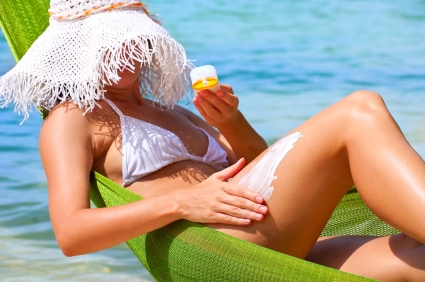
SUNSCREEN
After you have cleansed, exfolated and moistusied don't forget to wear sunb protection. the UV radiatio nfrom the sun can be very damaging to the exposed skin. Even when it is not too warm or sunny, the radiation is still there. Whether indoor or outdoors, in wummer or in winter, rain or snow, the suns UV rays can penetrate and affect your skin.
The newer sunscreens are no longer a white paste making us look like caste members of Addam's family. The ultrasheer option helps to keep it clean and clear.
- All round sun protection is always a good idea.
- Light SPF can be built into many moisturisers. In warmer, brighter climes heavy duty sun screen is vital to avoid unsightly freckles, sun spots and wrinkles.
- Choose broad spectrum Sun creams with SPF 30 or above.
- Reapply frequently especially when active
- Use waterproof ones if swimming
- Choose sun protective clothing
- Avoid sun tanning for too long and if possible altogether!
- Take extra care while swimming or skiing as water and snow reflect sun and cause double and damage


In Summary
- It helps to know you skin. Once you know your skin type you can choose your products wisely.
- The skin doesn't know day or night, so don't bother with night cream and day cream and similar tomfoolery.
- Skin care is both internal and external, eating well, sleeping well and drinking wisely always helps
- You don't need expensive products to look after your skin, careful choice and trial and error will land you your optimum regime.
- After , washing and rinsing don't throw it all away by drying your face with common everyday hand towels where bacteria may reside. Keep clean frsh towels and pat your face dry- don't rub.
- Your skin needs sunshine, just not too much of it. So you don't have to hide way. Wearing proper sunscreen will help.
- Foods with plenty of zinc, Vitamin C, Vitamin E and trace elements like magnesium, selenium, chromium will help. If you are not eating healthily supplements help too.
- Look after your skin, after all, it looks after you!
Copyright © Mohan Kumar 2012

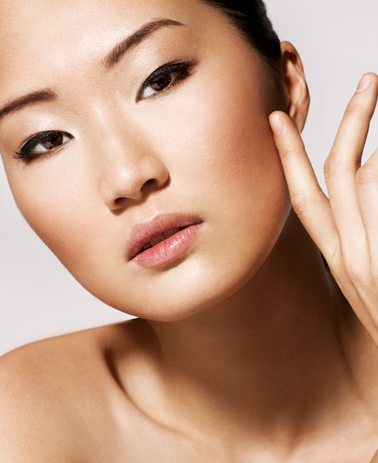
Docmo's Related hubs
Thank You!
Hope you found this useful and informative. Do visit the other fashion and beauty hubs -links are to the right.
Please don't forget to leave your comments and feedback below.
If you liked what you read and saw do share with your friends and family on Facebook/Twitter or similar using the buttons below.
I do appreciate your time and attention.
See you soon.
Love,
Docmo
Copyright © Mohan Kumar 2012






